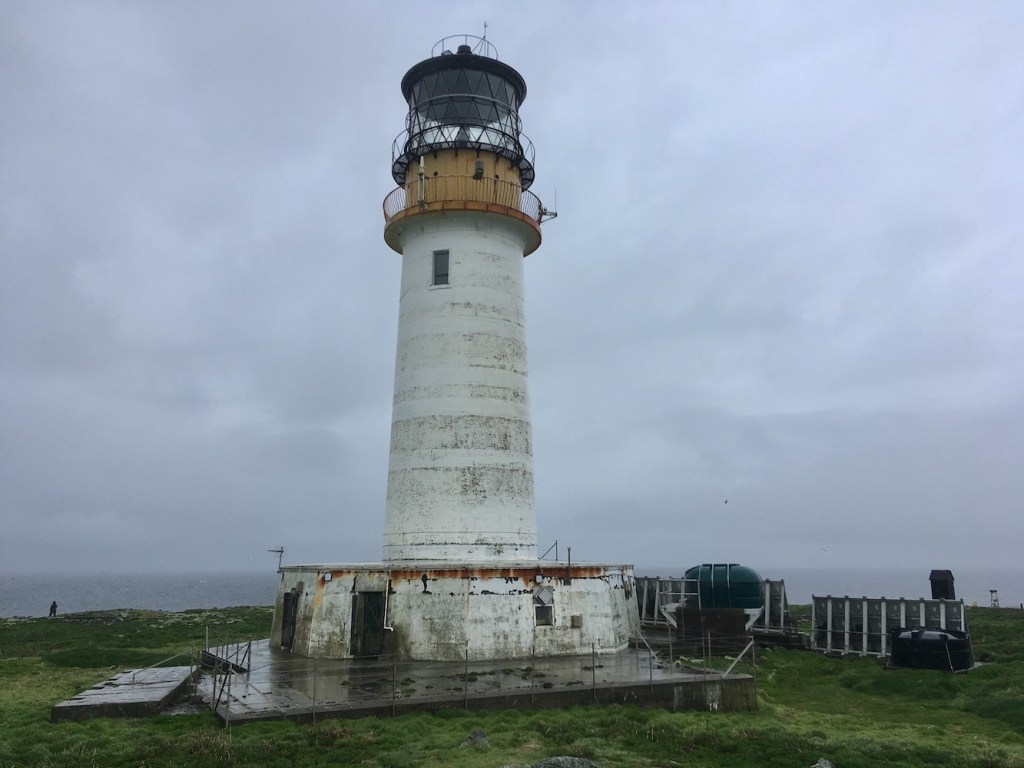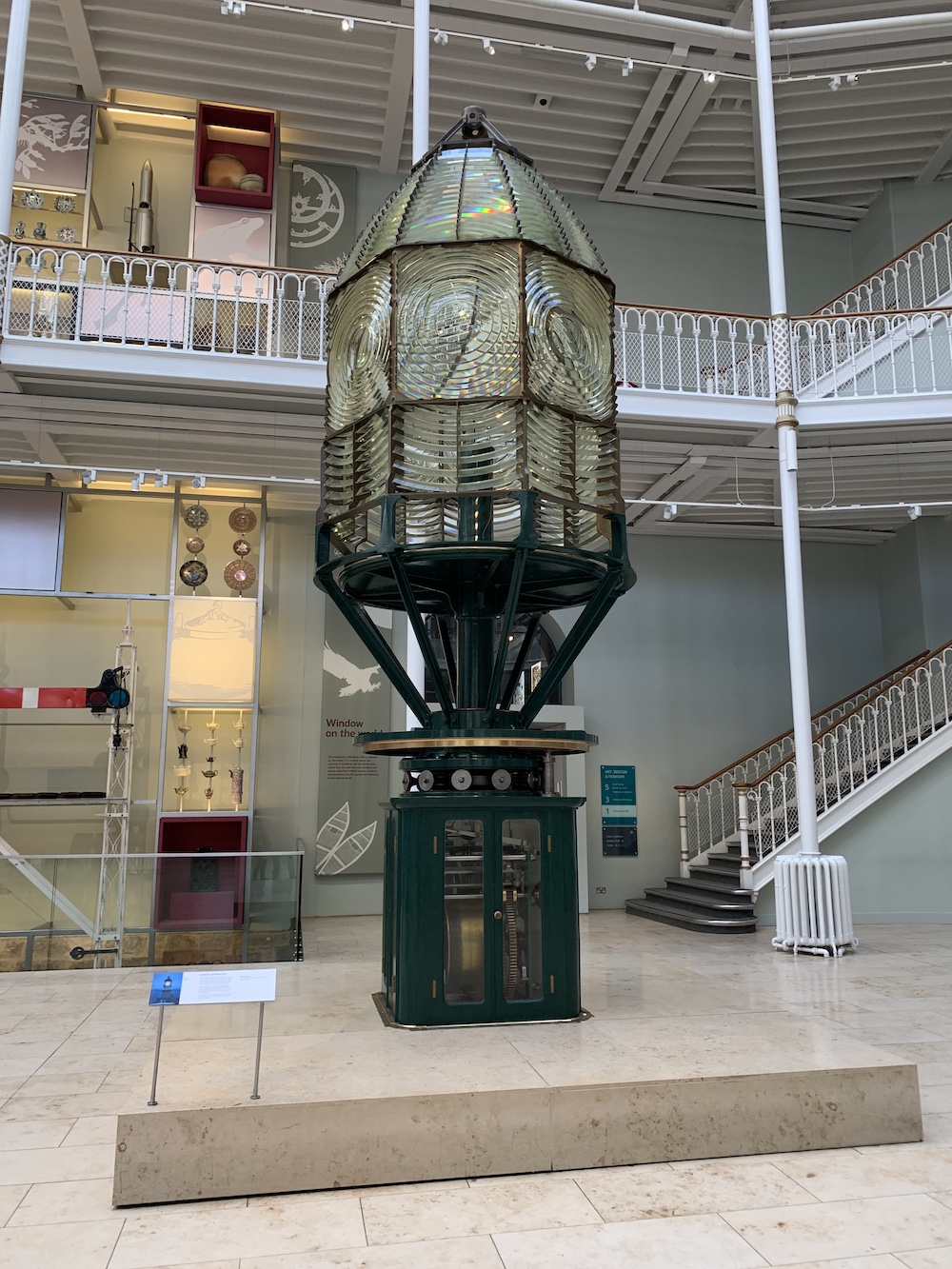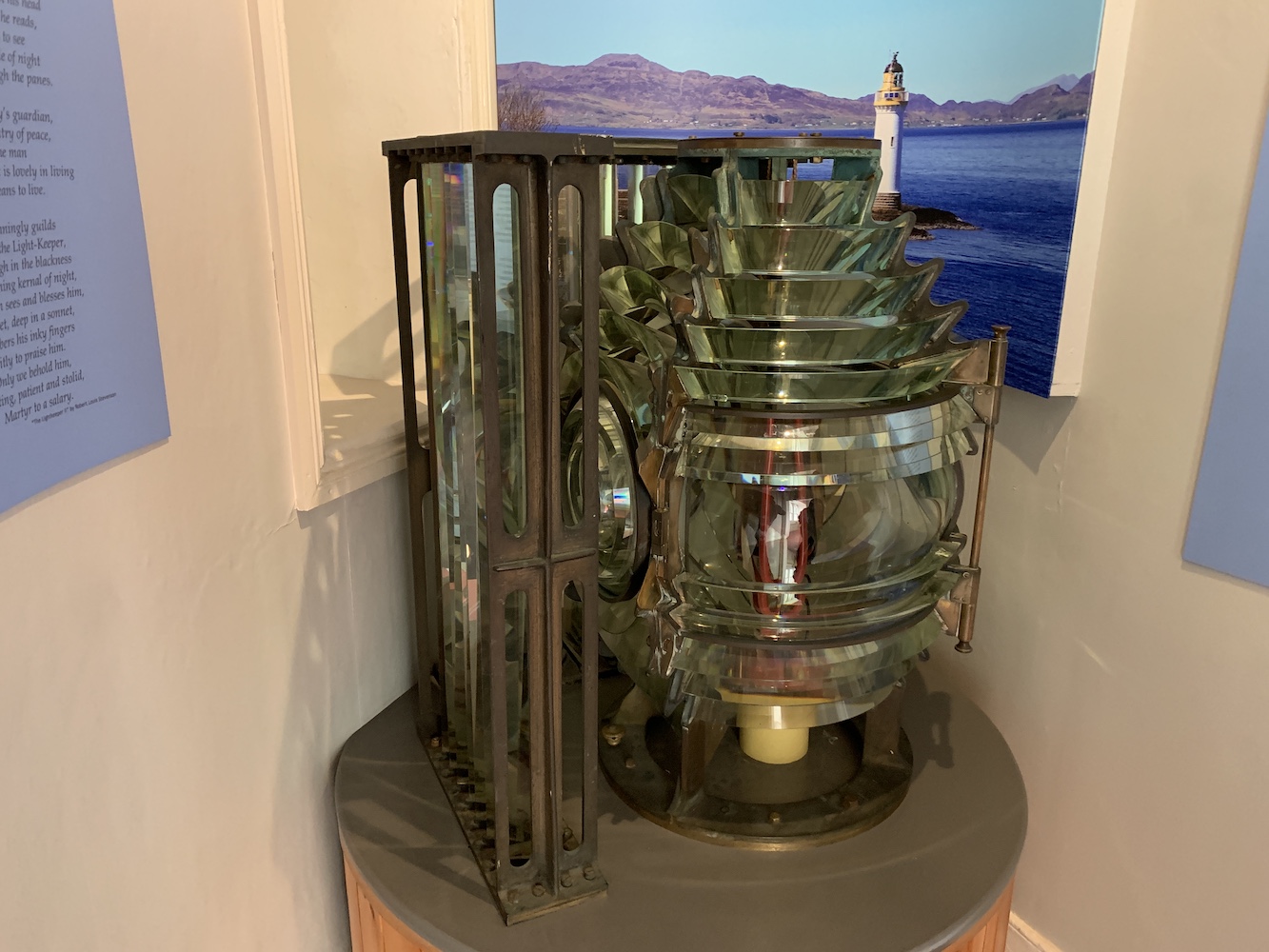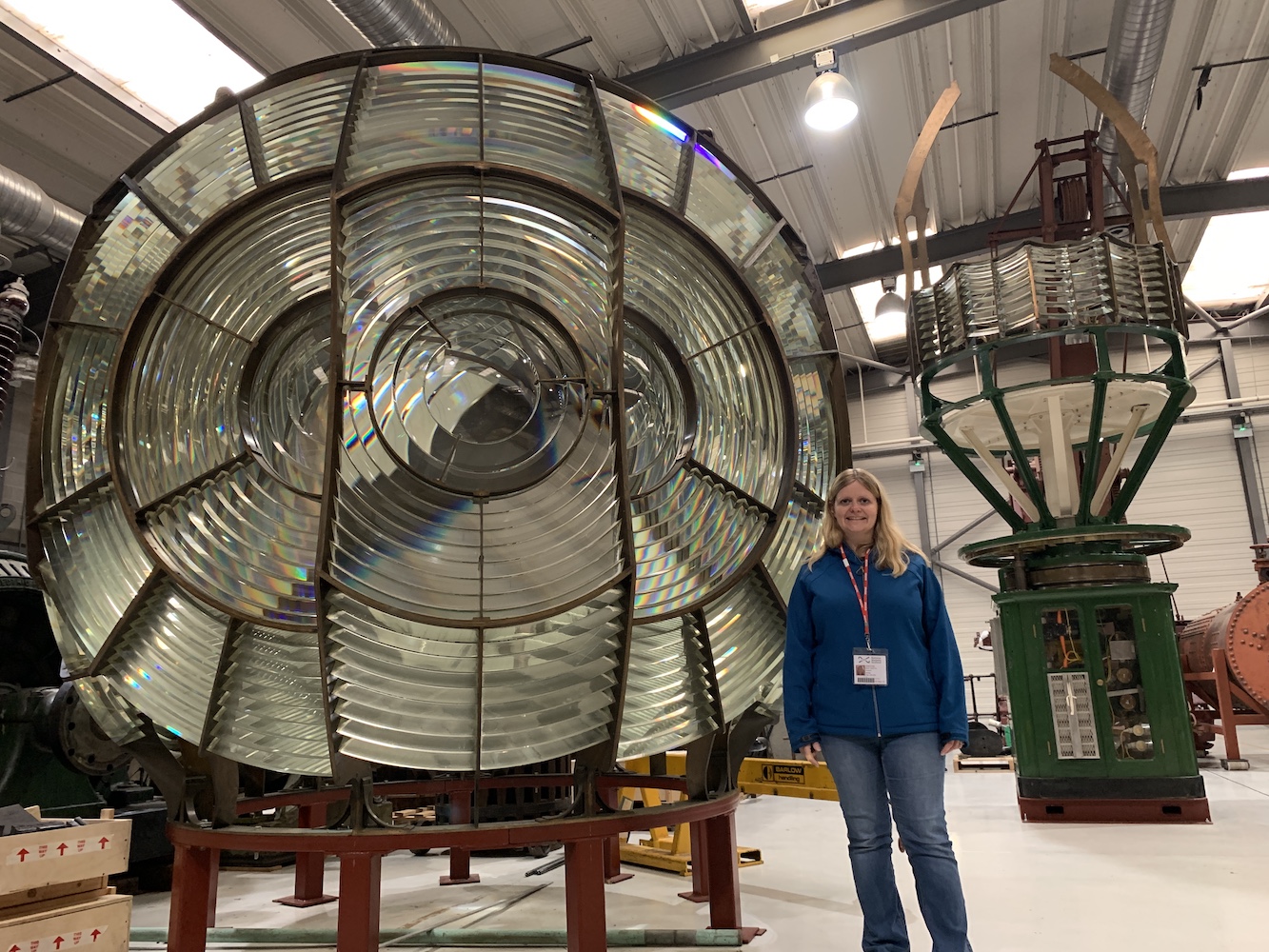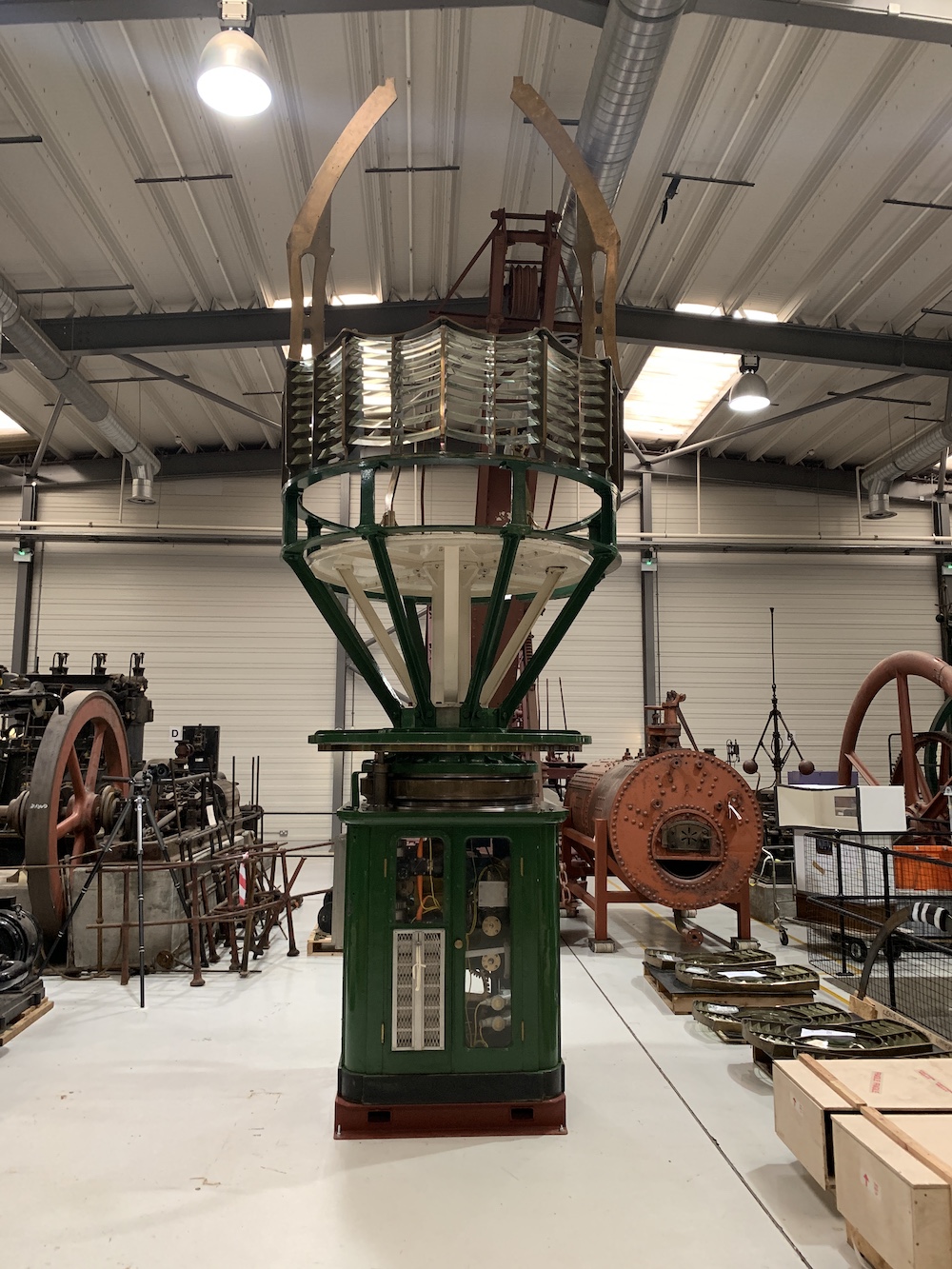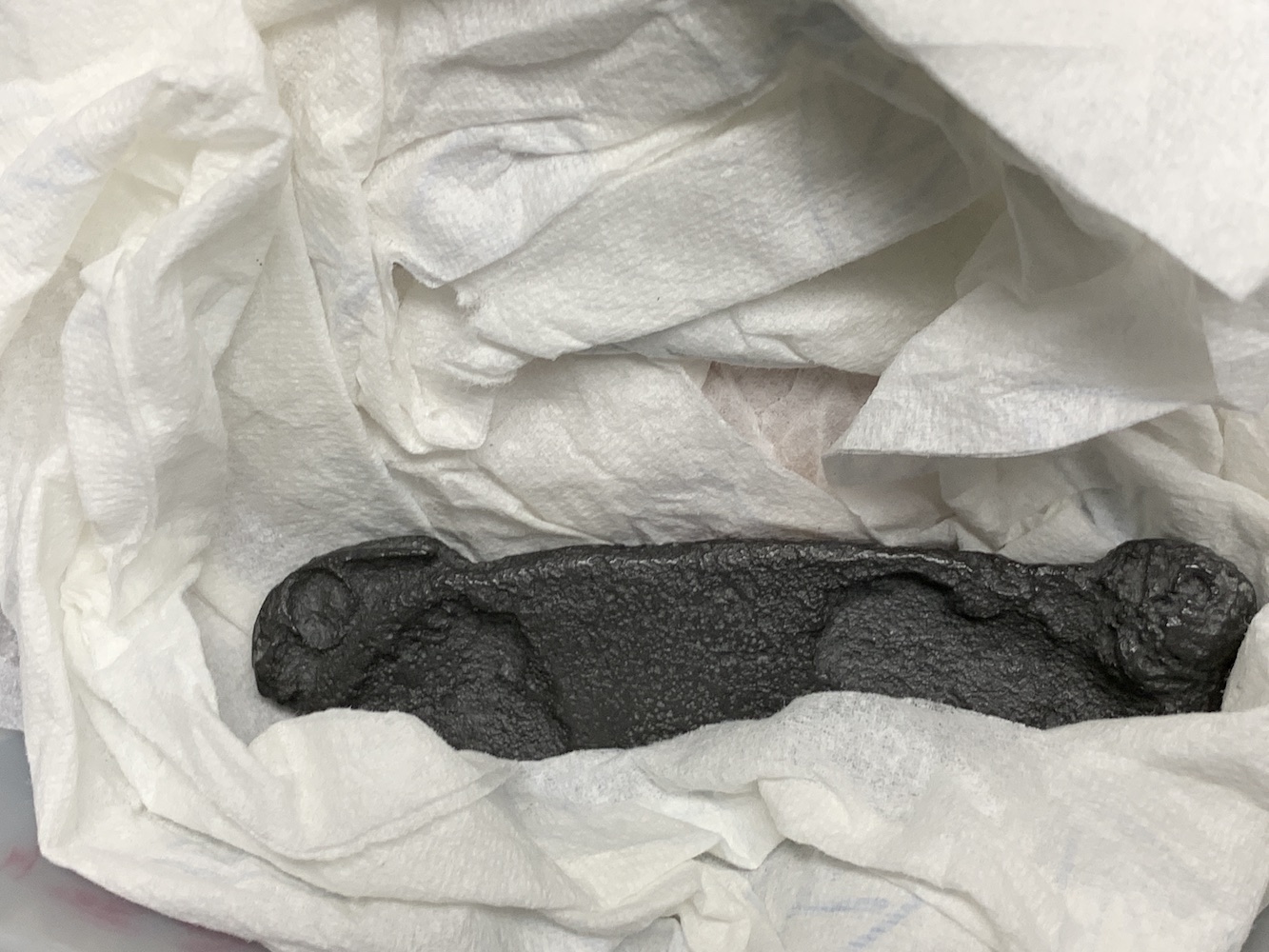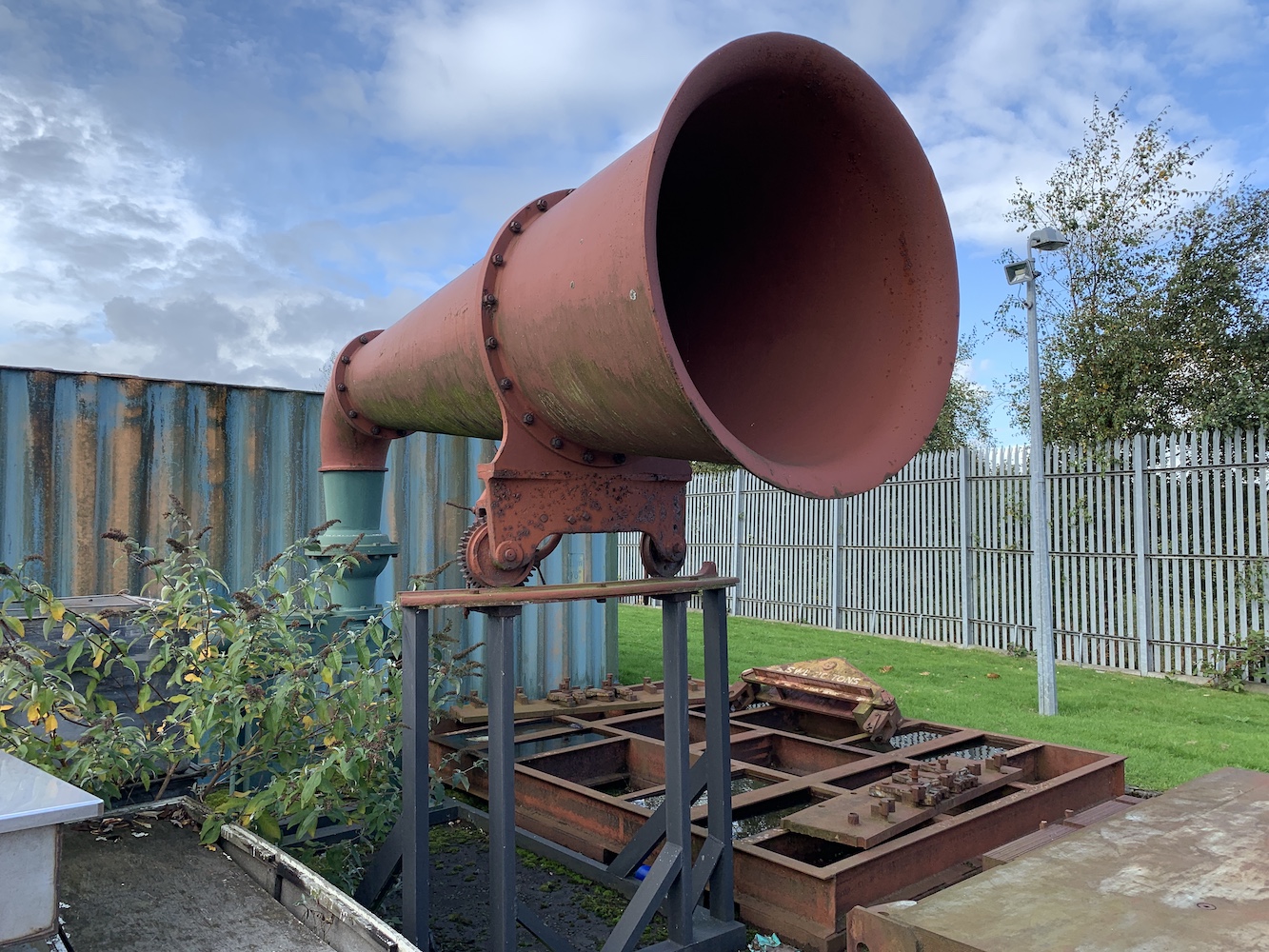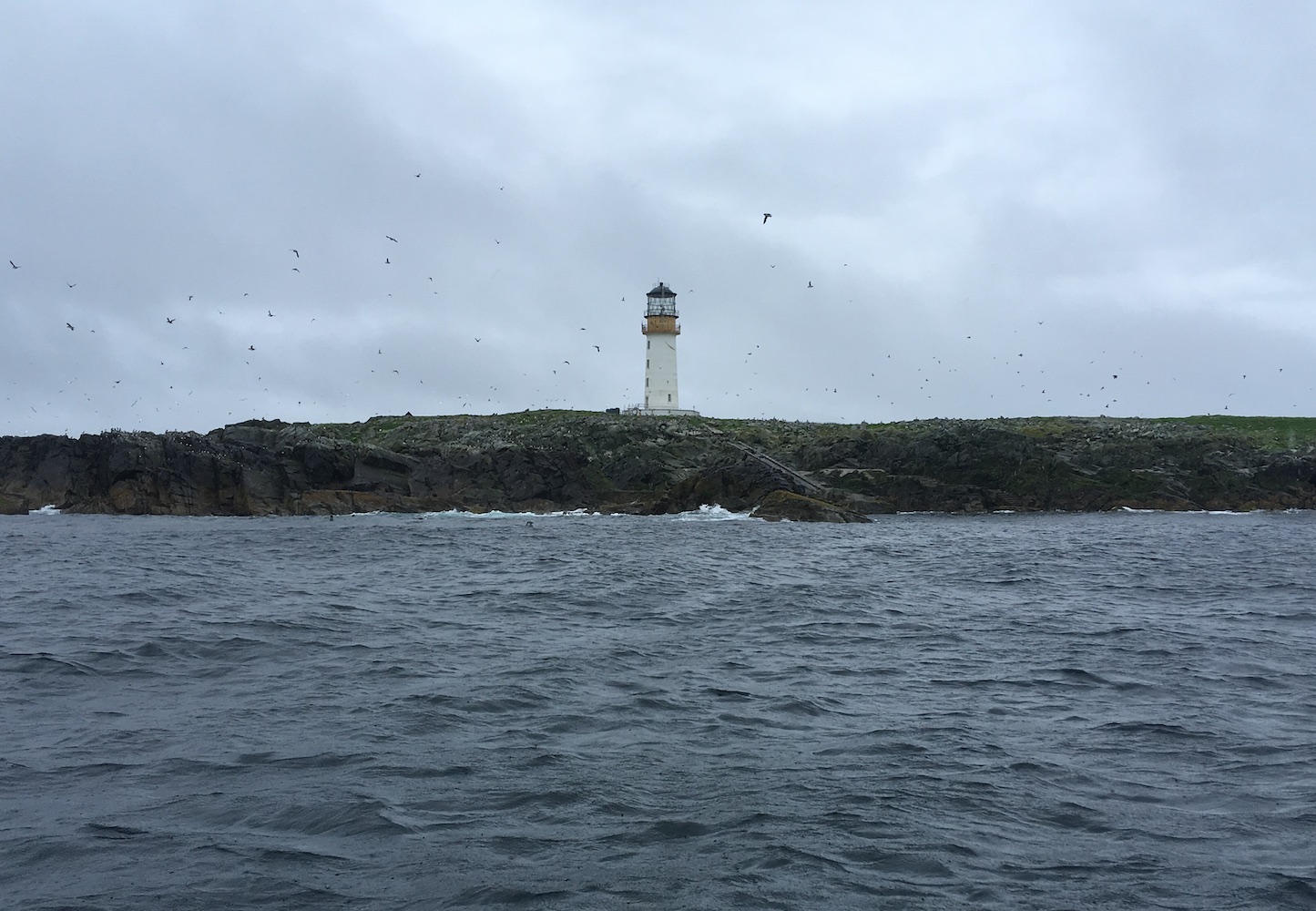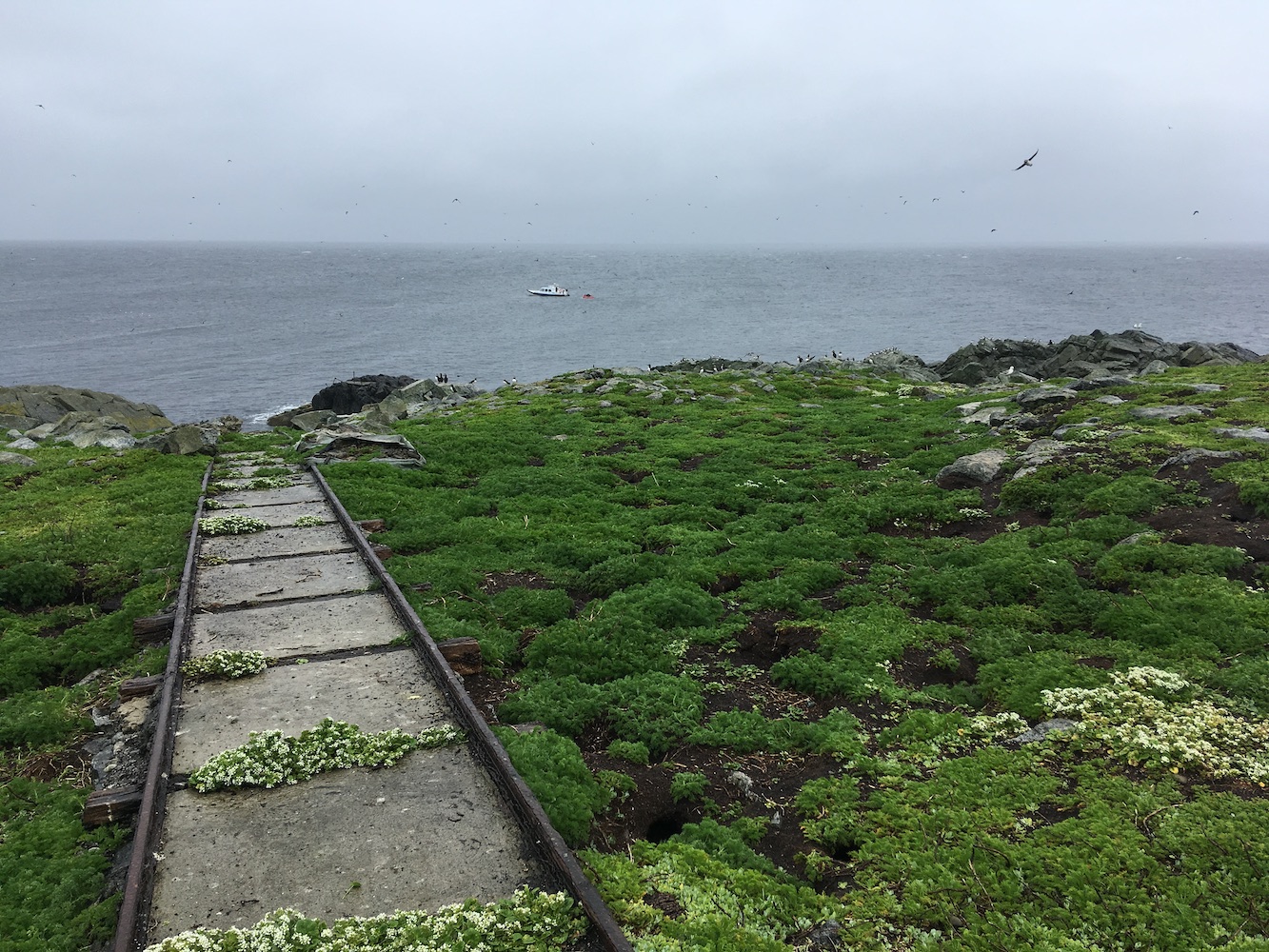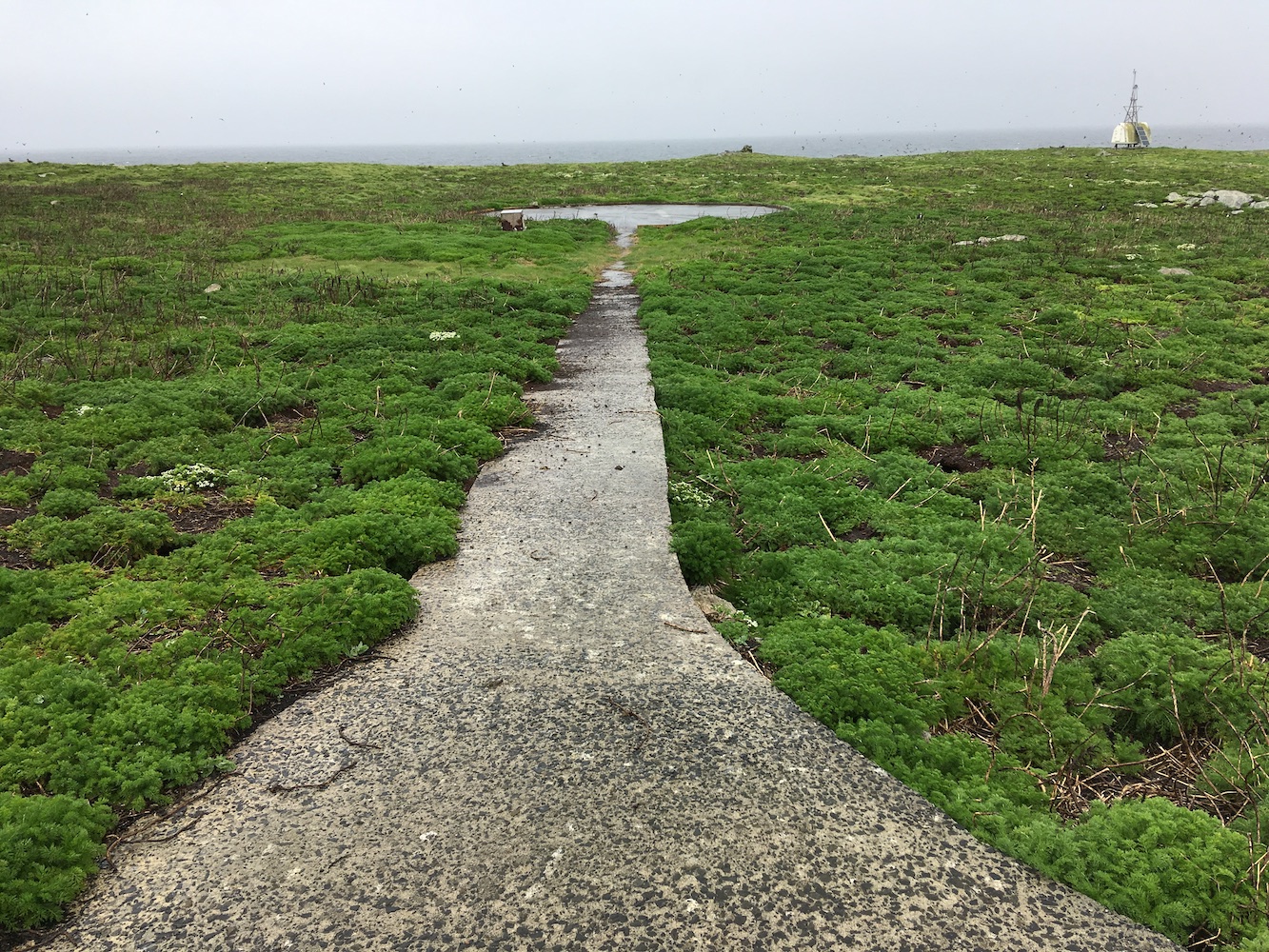Part one of this post finished off with my book content being submitted to Whittles Publishing in February 2019. It was time to get prepared for Spring, which was going to be busy with lighthouse trips. Firstly I got to organise and attend two Association of Lighthouse Keepers (ALK) events, the first based out of Oban, taking in Lismore, Corran and Ardnamurchan lighthouses as well as a tour of the Northern Lighthouse Board’s depot and their vessel Pharos. The second trip involved much more planning on my part when I welcomed a number of ALK members to the north coast of Scotland for internal tours of Noss Head, Duncansby Head and Dunnet Head, and Cape Wrath lighthouses. It really was great fun to spend time with lots of likeminded people.
Although the ALK events had begun, it didn’t put a stop to my own trips. The previous December we’d made contact with the owner of North Coast Sea Tours to find out if they would be willing to get us to the particularly tricky Sule Skerry. Not only did they agree to that, but the owner also suggested we and a few of our friends could join him and a few of his pals as he brought his boat back up from Ballycastle, Northern Ireland in April 2019. The idea for the West Coast Adventure was born. With Derek the skipper in charge of the boat, Bob in control of the island and lighthouse itinerary and myself taking the lead on organising accommodation for everyone, it was a big task to pull it all together, but for the incredible days we got out of it there was no denying it was worth it. It’s really unlike any other trip I had been on before or have been on since. A really great experience and opportunity.
The fun with North Coast Sea Tours continued the following month when we finally managed to get out to Sule Skerry. The first day a group of island baggers made it there and the second it was the lighthouse baggers’ turn. It was another incredibly unique trip and much more like the bagging years times, but with some of my new lighthouse friends along for the ride too. An added bonus with this trip was sailing around Cape Wrath as Derek brought the boat around to the north coast in preparation for the Sule Skerry trips.
June 2019 saw the biggest overlapping of this period with the ‘bagging years’. On the last big trip I joined with the collectors of all things, which was in Shetland, I was desperate to go out and enjoying visiting lighthouses and islands as I had in previous years. I had a wonderful time – how could I not, especially with reaching the magnificent Muckle Flugga and so soon after Sule Skerry felt like a huge achievement – but my enjoyment was, in some ways, hampered by the pressure of having so much else to do at the same time. At one point I was wandering the streets of Lerwick on my way to the library to print out two copies of my 200+ page book and then heading onwards to the Post Office to get one copy sent off to a friend to review. There was a tight deadline on reviewing it and, at the same time, I’d done little preparation for the presentation I needed to deliver in Orkney on the way back home from the Shetland trip. That period really was the most stressful, when I realised that perhaps I had overcommitted somewhat. I still managed to get to and enjoy some of the most fantastic places though, thanks in no small part to Alan who did an amazing job of organising trips for around 40 of us, especially when the first week was almost a write-off for so many of the planned boat trips.
My presentation in Orkney was followed just a couple of months later by a trip for a small number of us to some of Orkney’s beautiful islands and lighthouses not covered by ferries. While the north coast had thunderstorms we had absolutely gorgeous weather and made it to so many fantastic islands, including Copinsay, Papa Stronsay and even landed at Barrel of Butter in Scapa Flow.

Mervyn joined us for that trip and returned the favour at the end of that month when he invited us on a fantastic boat trip around Mull, picking up far more lights than I even thought we would, including a landing on Lady’s Rock. By this point I was well and truly caught up in the ALK efforts and I remember travelling to Oban for the Mull trip and having a phone call with a boatman based in Eastbourne about the trip I had organised for some ALK members to go out to Royal Sovereign and Beachy Head lighthouses. There was a lot of overlapping, but thankfully not as much as in Shetland!
September 2019 was a particularly busy month. Always trying to make the most of an opportunity a visit to Scurdie Ness lighthouse was in order during the Angus Coastal Festival. A chance encounter there led to a wonderful tour of Tod Head lighthouse too, which was a huge bonus. Just a few days later I was in Edinburgh for the launch of my book at the National Library of Scotland. This involved a presentation to almost 100 people and a book signing afterwards. Once that had passed it was full on over the next couple of weeks with final plans coming together for the ALK AGM at Spurn. A lot of trips involve doing something else on the way there or back to break up the journey or maximise on opportunities. That time it was a visit to the National Museum of Scotland’s large item store in Granton to see the old Sule Skerry hyper-radial lens. On the way back it was a quick spin out on the Firth of Forth to land at both Oxcars lighthouse and on Inchkeith. It was a very busy month, but a real variety and a lot of fun.
After that life calmed down a bit and there was background planning to do for the ALK and various promotional articles to write for my book, but not a lot else until the following February when I travelled to Bidston lighthouse and observatory for an ALK archive event. I am so pleased I made the effort and spent all those hours on the train as it was to be my last trip for some time.
Then along came COVID-19 and lockdown. Personal trips and ALK events were being cancelled all over the place and that was really quite hard to take when there had been so many exciting plans for the year. It was a relief when restrictions were eased and it really became about just taking opportunities for last minute trips like Galloway, Ayrshire and Argyll, Canna, Suffolk and the Western Isles (which was actually Plan C after the ALK AGM weekend in Belfast – Plan A – was postponed, and travel to Ireland for some new lighthouses – Plan B – wasn’t permitted).
The past year has been such a strange time as I’m sure it has been for so many. A rollercoaster really, but I’ve also benefitted from it in a number of ways. A few months into the pandemic I rediscovered my love of music which had fallen by the wayside during the years of lighthouses and kids, and I’ve started walking a lot more, partly just to be doing something outside but also to see the local landscape in much greater detail than I ever have just driving through it.
I suppose most importantly though I’ve realised how important people in my life are. Some of these people I expected while others have come as a really lovely surprise. I’d never really considered myself to be a “people person” and I’m really quite happy in my own company, but I’ve realised I do need people and it’s great to know they are there, as I am for them. We are always stronger when we stick together.
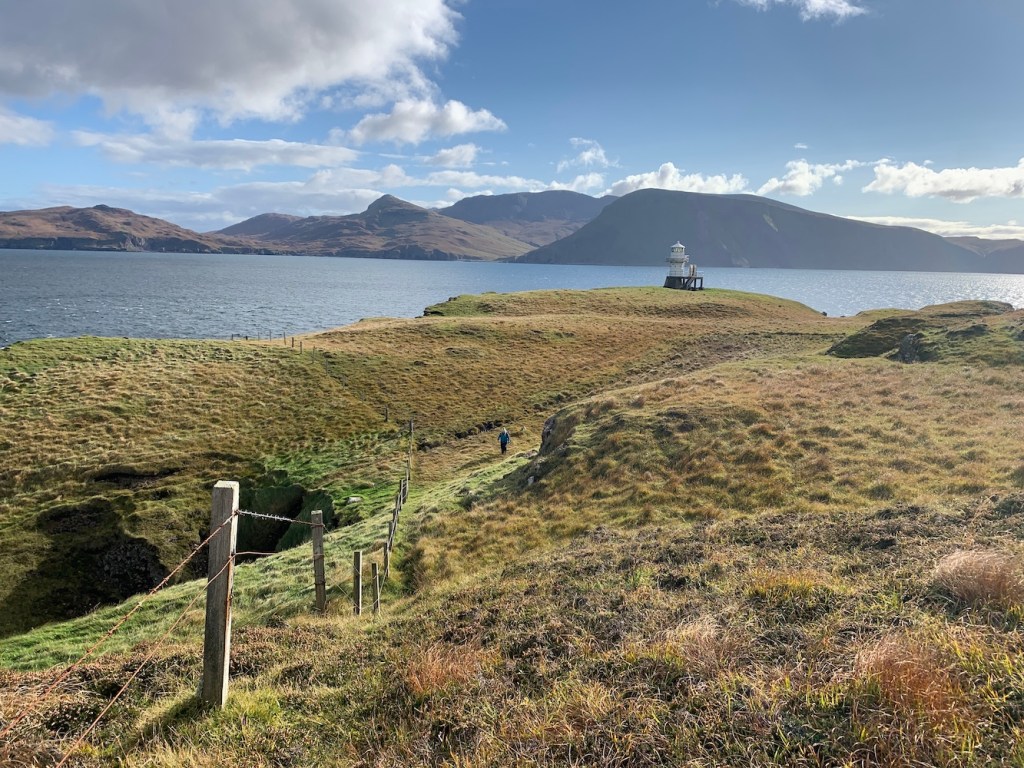
It’s also been a good time to reflect on many things and my lighthouse journey has been a massive part of that. Before I started these posts I was thinking a lot about where I’d come from, where I’d been and how all of this had impacted on my life and me as a person. To be able to write these thoughts down in some sort of semblance of chronological order has really helped me to gather it all together and say to myself ‘Right, that’s what has happened. This is where I am now. How will I go forward from here?’ Of course none of us really know what will happen, which is one of the the joys of life, or the most frightening aspects depending on how you see it. What I do know though is that I want to be out there, seeing more, enjoying more and being more glad than ever before that I can do it. I hope you’ll continue to join me for the journey 🙂



